Keith Bradby: Go west young man?
Here’s a story that offers insights into how change unfolds and the importance of sharing ideas. To start the 21st anniversary of the ambitious Gondwana Link program, Keith Bradby OAM gives his perspective on where it came from and some of what has been achieved, so far. In Keith’s view, historic changes in land-use and culture, driven by community effort, are now happening along 1000 kilometres of south-western Australia.
I grew up in the Victorian town of Ballarat. Dad was a builder, as were many of his family, and Mum looked after Dad and the four kids. Holidays were not trips to the beach, they were usually spent touring, with all of us crammed into an old Ford and a small caravan. We toured Victoria to appreciate everything on offer — taking a stroll down every town’s main street, reading the local newspaper, visiting the local bakery, and finding a nice patch of bush to explore. Often, we’d visit friends my father had made in his work as a builder of hay sheds and shearing sheds — Dad liked to leave friends wherever he worked.
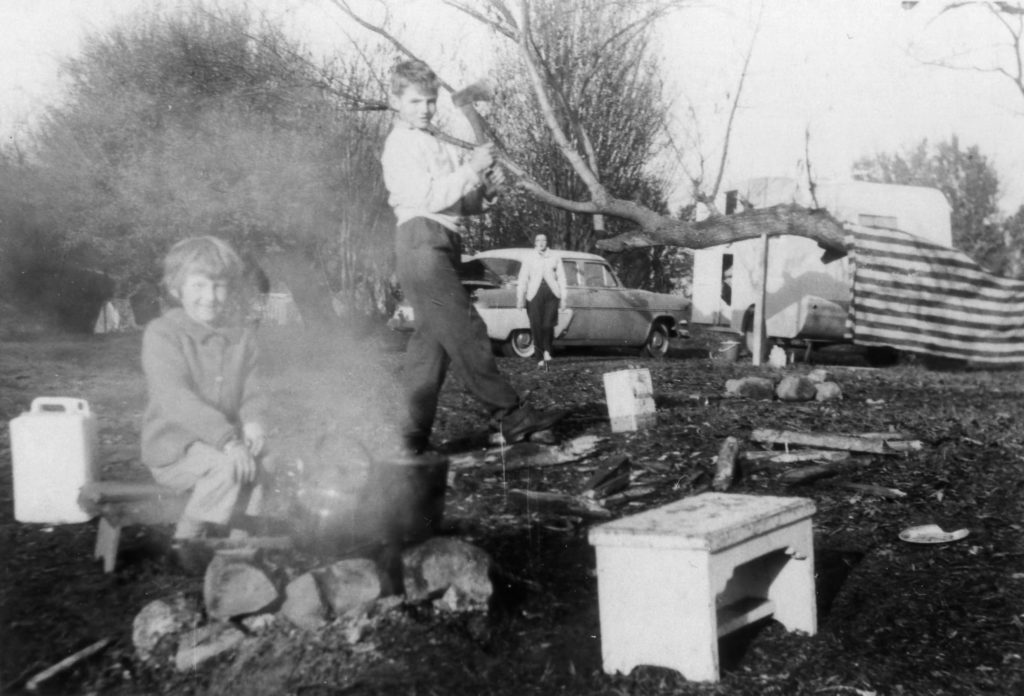
I think this touring gave me a real appreciation that country Australia is full of wonderful places with many different aspects. It’s not just the bush and it’s not just the towns, or the farms, or the people, or the camping spots — it’s all of those and more, plus how they all fit together.
Another very formative experience for me was having a hundred or two aunties. Most weekends, we’d be off mowing lawns or chopping the firewood for an auntie – and having some great afternoon teas. It was only much later that I realized that we weren’t related to these ‘aunties’; they were mainly war widows, of which there were so many in the 1950s and 1960s.
So I was raised in a family where being caring and considerate to others wasn’t something special. It was just who you were and what you did. In my life, I think I’ve just extended that to include the natural world.
The bug to ‘go west young man’ hit me in the mid-1970s, when I was in my early 20s. I wanted to be a beekeeper, but Victoria had lots of them already, with the good commercial sites taken up. The west beckoned, but I’m not sure I really knew what I was going to — I’d been told the state’s west coast was the only place where it rained enough to sustain both people and bees. Regardless, I sold the mudbrick house we’d just built, bought a cheap truck, packed up my toddler and partner, and drove into the sunset.
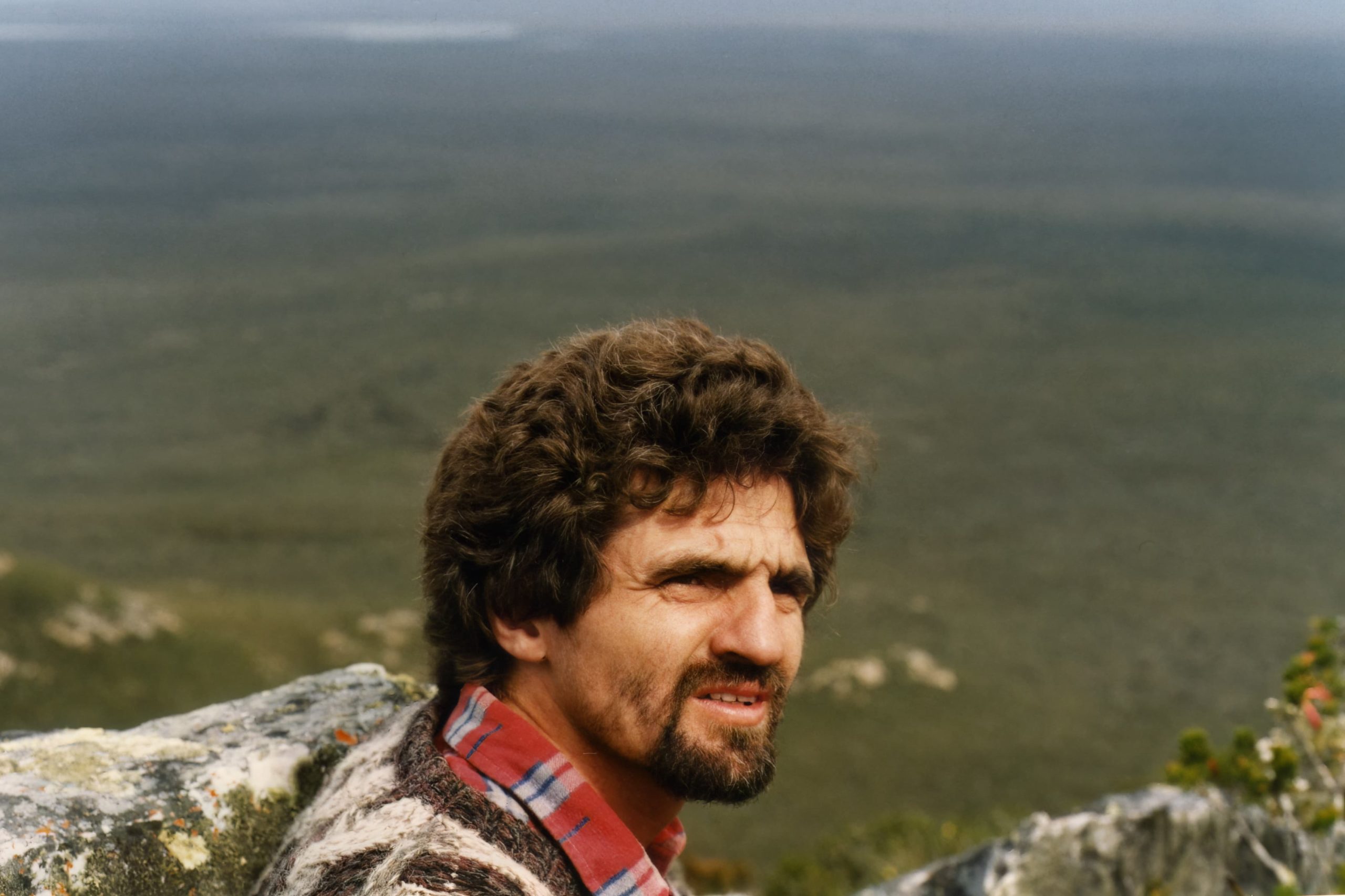
The country on the way captured me — the Nullarbor was not a barren place, like I expected, and it just kept getting better as I drove further west. Those tall and stately woodlands from Balladonia onwards were a delightful surprise, but when I struck the heathland and banksia country around Esperance, I was completely hooked. That beauty and richness in the bush was so new to me, and every time we stopped there was a completely different array of plants. This diversity reached its peak at Ravensthorpe, which ended up being my home for the next fifteen years, and in many ways it still is, even though I live in Albany.
Ravensthorpe was also wonderful beekeeping country, with lots of healthy bush full of weird and whacky looking plants – banksias that grew along the ground, dryandras like shaggy cactus, weeping gums and royal hakeas. Many, like showy banksia, chittick, moort and bell-fruited mallee, just oozed nectar in a good year.
I enjoyed the challenge of beekeeping, and the returns were good, but then I met a fella called Peter Luscombe out bush one day. Peter ran a native seed firm near Albany and encouraged me into picking native seeds, which soon took over as my main business. I was still working in the bush each day, and I didn’t have to worry about being stung — plenty of prickles though!
Seed picking really sharpened my focus on the bush around me: I had to find the scientific names of all the plants I was picking seed from, but many weren’t scientifically described. I also started meeting a lot of other people who were fascinated by the bush. One was Ken Newbey, the Ongerup farmer-turned-botanist, who was constantly discovering plants unknown to science. The 1980s was the decade when we really started to understand how biologically rich and special south-western Australia is, which was the lead up to it being recognised, on the world stage, as a biodiversity hotspot in 2000.
The early 1980s also saw the state government take a renewed interest in the bush, but it was the wrong sort of interest. Wanting to re-create the 1960s, when huge areas of the south-west were ‘opened up’ for farming, the government started a program to alienate and clear vast areas of land — ‘up to 3 million hectares’ was the phrase used. That seemed silly to me, and to a small group of friends, so building the case for a more sensible approach dominated our lives from 1980 to about 1985. This included protecting the magnificent mallee-heath country that is now the northern section of Fitzgerald River National Park, but which had been surveyed into new farm blocks.
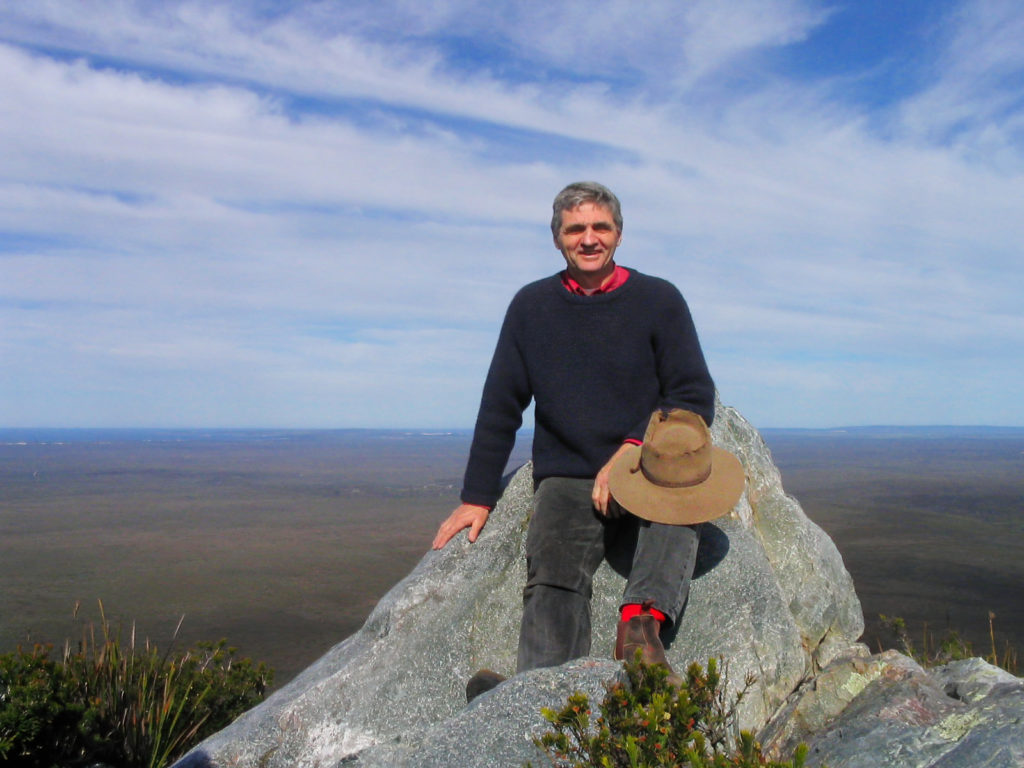
It was a funny time. Many in the community were becoming more aware of the environment in general, and the first local farmer groups were forming to tackle problems like salinity, erosion and the loss of bush – the beginnings of the landcare movement. But at the same time, the government and some farmers were stuck in the past, wanting to clear even more land, even quite marginal land.
So that bit of turmoil in the 1980s got me reading science papers about south-western Australia and going to a couple of environmental conferences. Much of my life since has been spent trying to implement what I learnt, while also learning more.
My first conference was at Broken Hill in 1982, where a CSIRO scientist warned us that global climate change was starting to happen. He predicted that south-western Australia would have a steady drop in annual rainfall, which is pretty much what we have been experiencing ever since. At much the same time, a young scientist called Stephen Hopper was writing papers exploring why south-western Australia was so biologically rich — with a big factor being the ecological interplay between wetter and dryer areas during past climate wobbles. Then there were emerging concepts like ‘island biogeography’, which has very profound implications for our wheatbelt: following land clearing, small bits of remnant bush keep losing their wildlife over time, and the bigger a bit of bush is, the more likely it is to be healthy and have its full mix of wildlife.
Around 1987, a small group of us who were involved in the original Fitzgerald Biosphere Project, between Jerramungup and Ravensthorpe, got hold of the first satellite photos we’d seen of south-western Australia. These painted a stark picture of how little bush was left across much of the wheatbelt, but also how much, relatively, was left in the south of the state — large areas like the forests, the Stirling Range (Koi Kyeunu-ruff) and the Fitzgerald-Ravensthorpe area. It was in Bob and Helen Twigg’s loungeroom, north of Jacup, that we started drawing lines on a satellite photo of where best to reconnect the main habitat areas. That led me, in 1988, to my second major conference: an international gathering in Busselton, arranged by CSIRO and focused on corridors for wildlife. It was a wonderful occasion, and I met some outstanding national and international researchers and practitioners.
At the end of 1988, I headed to Perth to work in government at a policy level, mainly on landcare and sustainability programs. In 1996, I started in the Department of Agriculture, working on the state government’s push to stop large-scale clearing and increase protection for native vegetation – a policy led by Minister Monty House. I also had input into management of the substantial support provided by the state government, back then, to local landcare groups. These tasks brought me into touch with many farmers, some of whom were keen to sell their larger bush areas, which they were no longer able to clear.
Thinking through how to safeguard these areas of bush led me to the emerging world of environmental philanthropy in Australia, particularly the art of attracting funds from foundations and individuals to purchase land for conservation. I was introduced to a very impressive young woman called Margaret Robertson, who was on the board of the privately financed Australian Bush Heritage Fund (now Bush Heritage Australia). They had recently bought a bush property near Kojonup, and I was keen to encourage them to secure more properties in Western Australia, though the first big outcome of that meeting was when Margaret and I married a few years later.
I made another lifelong friend in 1999 when I met Peg Olsen from another privately funded group, The Nature Conservancy. Though their head office was in the USA, the Conservancy was spreading globally and sent Peg to Australia to see if they could encourage the growth of environmental philanthropy here.
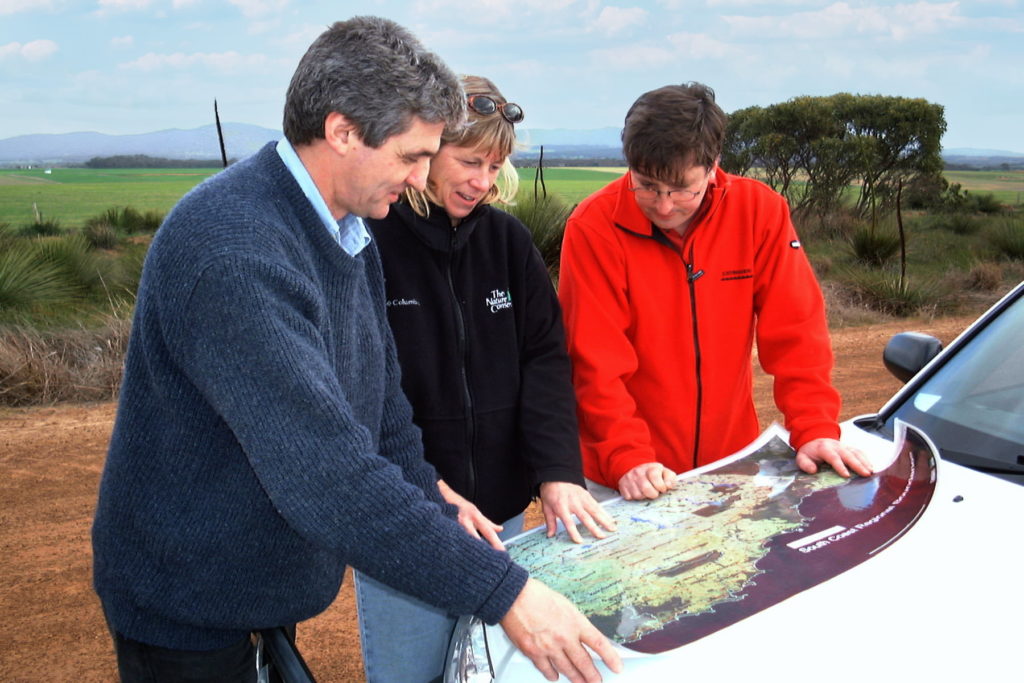
I showed Peg around southern WA and introduced her to communities where good landcare and environmental work was underway. On our first trip, after a long chat with that great landcarer Barb Morrell, I was challenged by Peg to think beyond specific projects and outline what we really needed. So I picked up a stick and drew, in the gravel outside the Pingrup Roadhouse, what became the Gondwana Link program (see map). I hope to see a brass plaque commemorating that spot one day!
The essence of the concept, as I explained to Peg while I drew, was to link up the remaining big areas of bush through restoration plantings. The overall goal was the same as it is for our program today: to protect and reconnect habitats from the karri forest to the Nullarbor. While this covers some 1000 kms, around 900 kms is in existing big blocks of habitat, positioned across the wet-to-dry climate gradient, and along which species have interacted and evolved in the past.
I didn’t have a name for the concept back then but bandied around the phrase ‘The Continental Corridor’. I’m glad we didn’t go with that. But the discussions involving a range of environmental organisations about the idea of linking up big areas of bush were very encouraging.
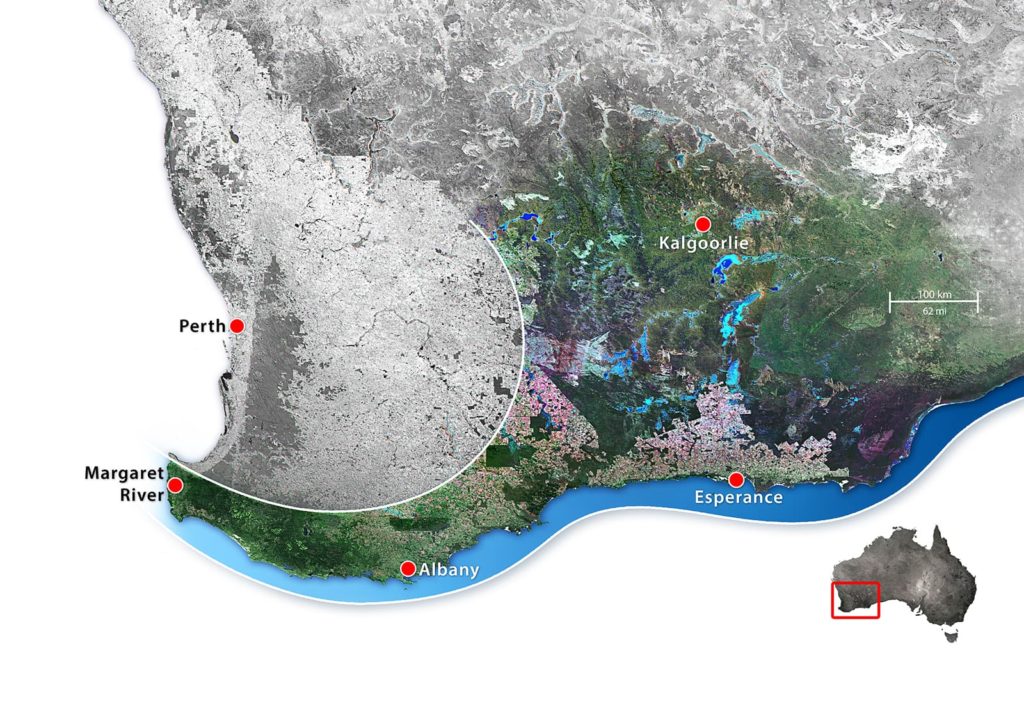
Around the same time, a local group started a program which they called Gondwana Link, focused largely on connecting bush that adjoined properties south of Jerramungup, so I was happy to join in and help where I could. To get things moving, The Nature Conservancy was prepared to provide the local group with substantial funding, but the group’s initiative proved to be short-lived. I liked the name and had been left with some legalities to resolve after the group wound-up, so I shifted the name over to our broader effort.
It was then a fairly straightforward matter to bring together the mix of local, national and international organisations who had already been discussing the larger ecological restoration program and agree to a simple set of principles that would steer the collective effort. We didn’t start with any detailed plans — those principles, a simple strategy and some early priorities were enough to get things moving.
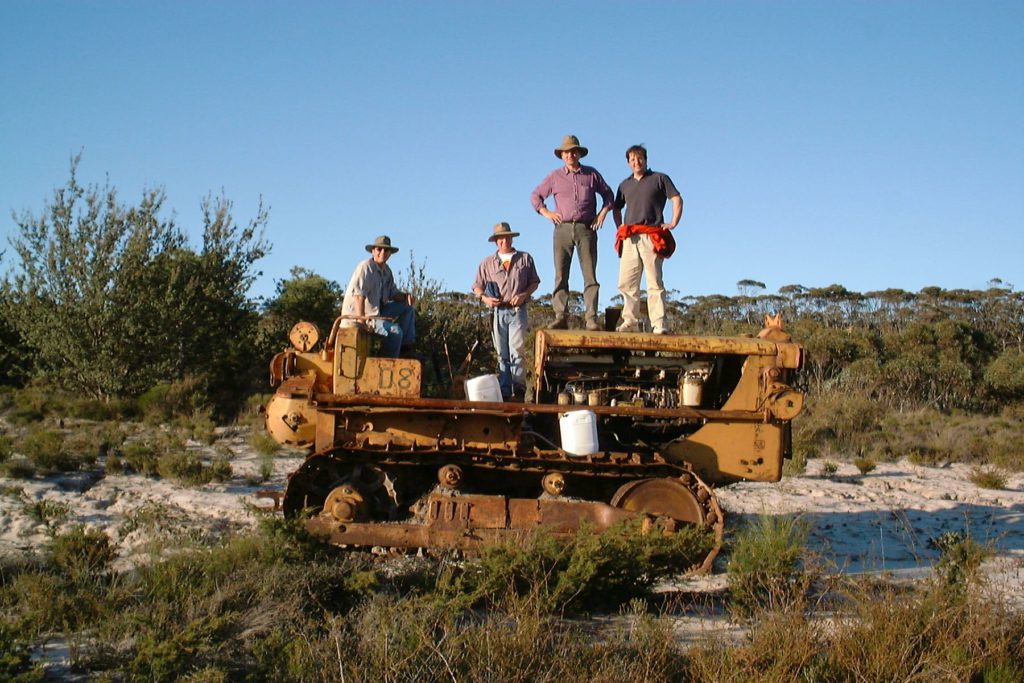
Funds raised by Peg and her Nature Conservancy colleagues provided initial encouragement. In August 2002, when this funding was matched by Greening Australia and The Wilderness Society, I was given a salary and the ability to focus on building the overall program, and soon after a new colleague, Amanda Keesing, came on board to help.
Within months, the first properties had been purchased. Eddy and Donna Wajon phoned me in late 2002 with plans to buy a conservation property. They ended up buying two — one to the west of, and one north-east of, the Stirling Range. That was a flying start for Gondwana Link, and not long after, with funding from The Nature Conservancy, Bush Heritage secured another key property north-east of the Stirlings.
Jump to 2023, and there are now well over 50 groups and businesses, and a myriad of individuals, who have made or are making substantial contributions to achieving the Link, along with a band of wonderful donors. Over 20 000 hectares of land has been purchased for conservation and restoration, with the habitat gaps in the Link growing smaller, and the Great Western Woodlands is now recognised as a place of huge importance. Eddy and Donna are now part of a private land conservation network with many others involved, including farmers who have integrated biodiversity into their farming operations.
It delights us that achieving the Link has become such a broad social movement, with individuals and groups from Margaret River to the Nullarbor making their own contributions, in their own way, to the overall goal. This year, with Annette Carmichael Projects, we’ve even danced our way across the Link.

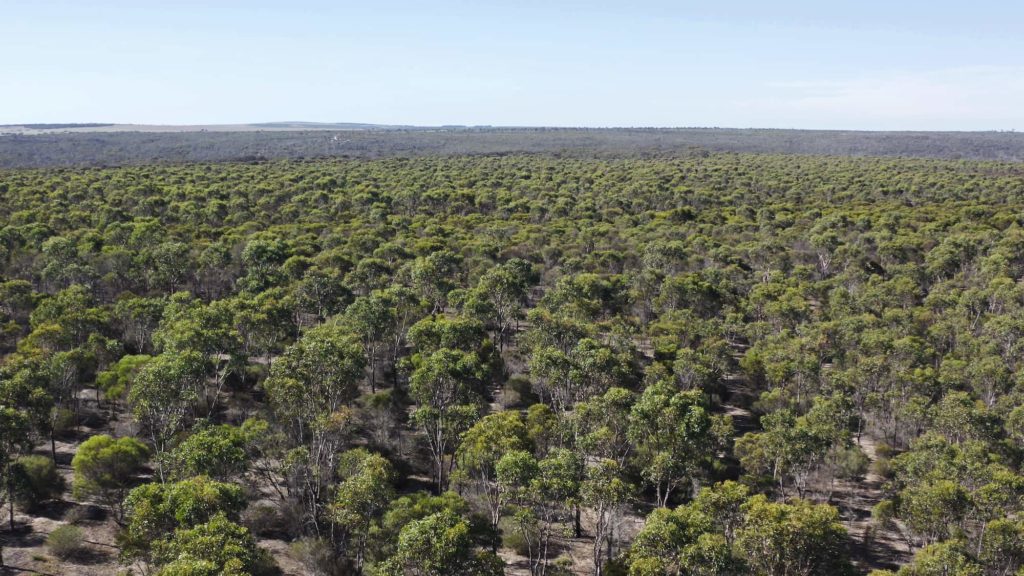
Similar programs have emerged elsewhere in Australia and New Zealand, and we now communicate regularly with these colleagues. In 2021 it was exciting to have the United Nations launch the Global Decade of Ecosystem Restoration, and we were very honoured to be chosen as one of the #founding50 ‘implementer’ projects for the Decade.
We’ve also helped with the other historic change happening around us all — the Noongar and Ngadju people are now increasingly recognised, their culture respected, and their history acknowledged. They have also regained custodianship of some country, with more to come. This is a huge change from the dominant attitudes of only a few decades ago.
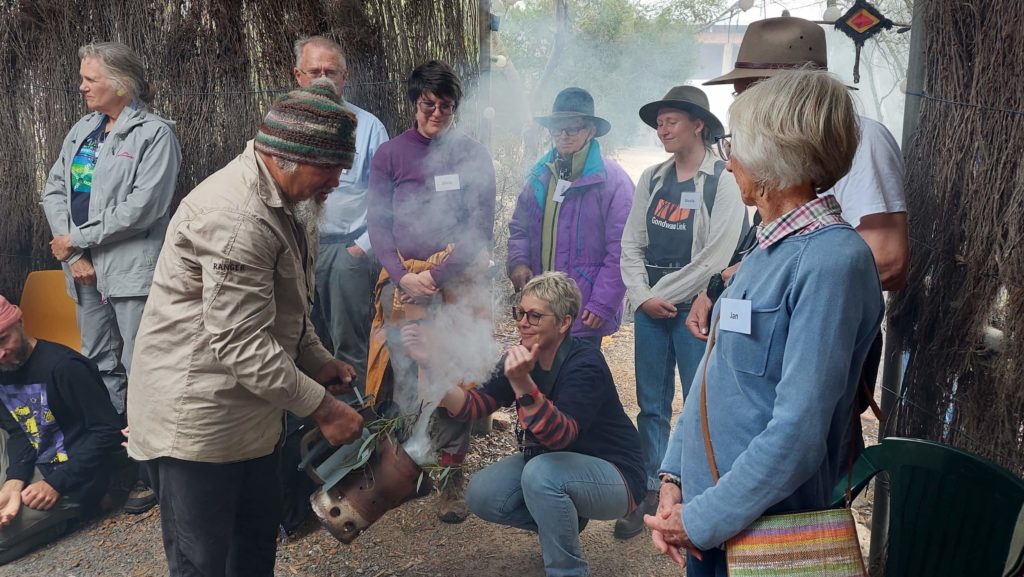
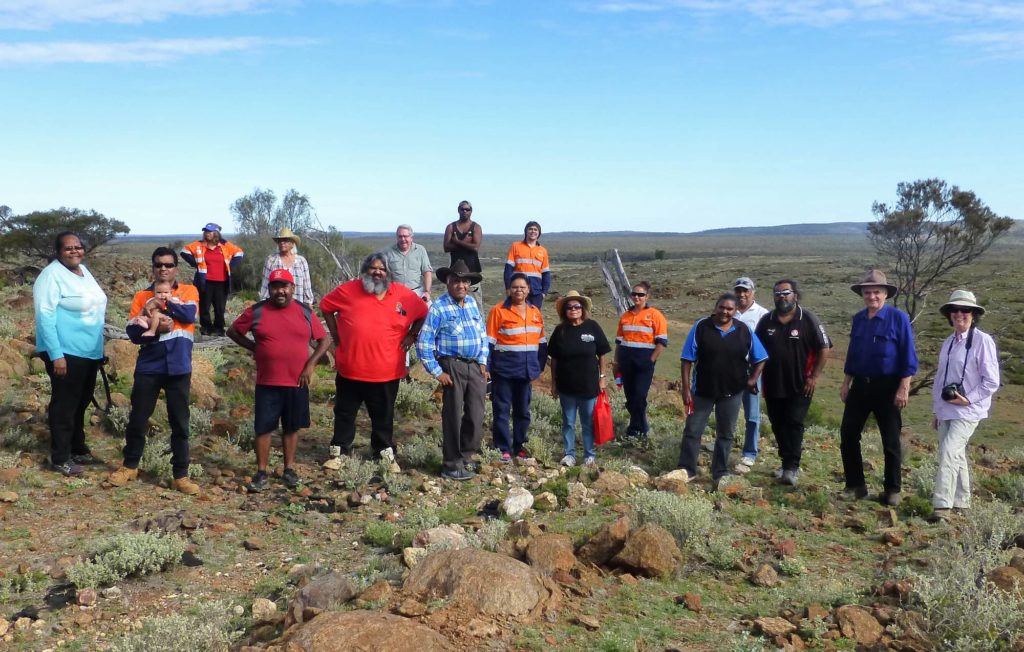
Nowanup, one of the early properties purchased in the Link, has become an important centre for strengthening and sharing Noongar culture and management — we are glad to have been a key support for 17 years. With our initial help, the Ngadju people of Norseman established their own land management team which works over a vast area of the Great Western Woodlands. Ranger groups like Badgebup and Binalup have established themselves and run successful land management programs. The Tjaltjraak Wudjari people in Esperance are now significant landowners and managers, working from the offshore islands to the far inland. And over on the western edge of the Gondwana Link, the Undalup Association has great work happening.
This is so much more than we envisaged in 2002. While even more needs to be done, in a world where we are all deluged with so much bad environmental news, so many positive steps are being taken across the Gondwana Link, by so many groups and people, that we feel justified in describing the Link as ‘one thousand kilometres of hope’.
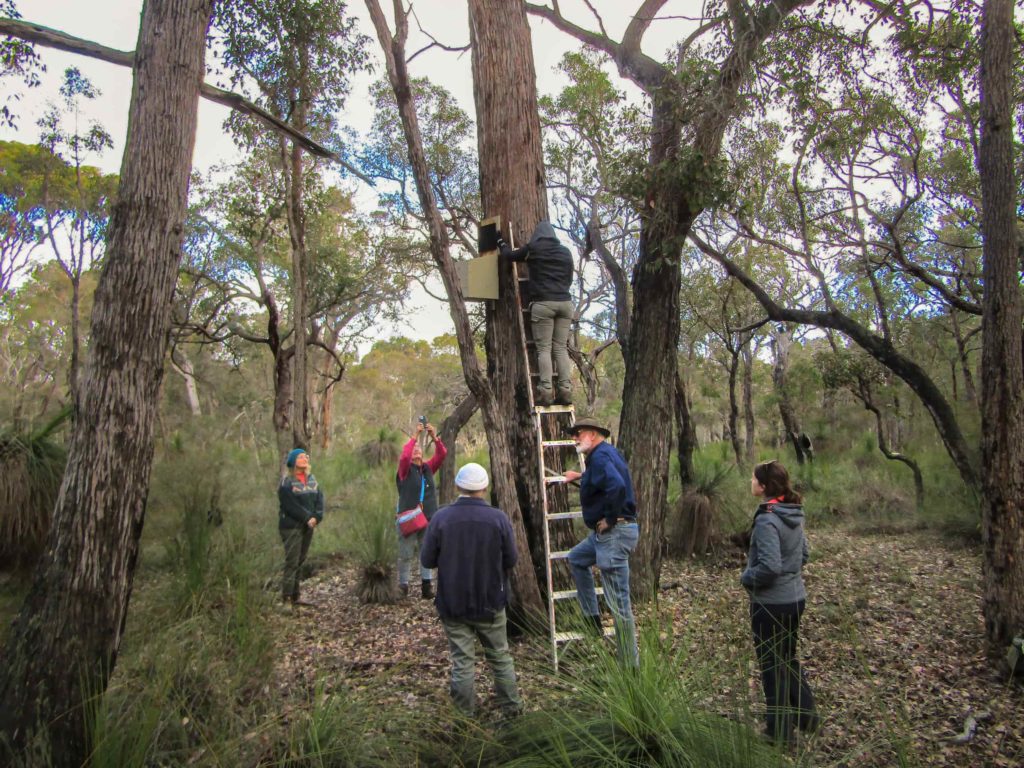

THANKS to Keith Bradby, the photographers and Nicole Hodgson. Editing by Margaret Robertson and photo editing by Carol Duncan.
FURTHER INFORMATION
Enjoy short videos featuring stories from across the Gondwana Link, on Vimeo or YouTube. The video ‘A Thousand Kilometres of Hope’ is narrated by Keith.
Access Gondwana Link’s fabulous film ‘Breathing Life into Boodja’ (48 mins). It’s available via video on demand at Ronin Films ($6.20 for 48-hour streaming period) or on DVD. If you haven’t already seen it, we think you’ll love it.
